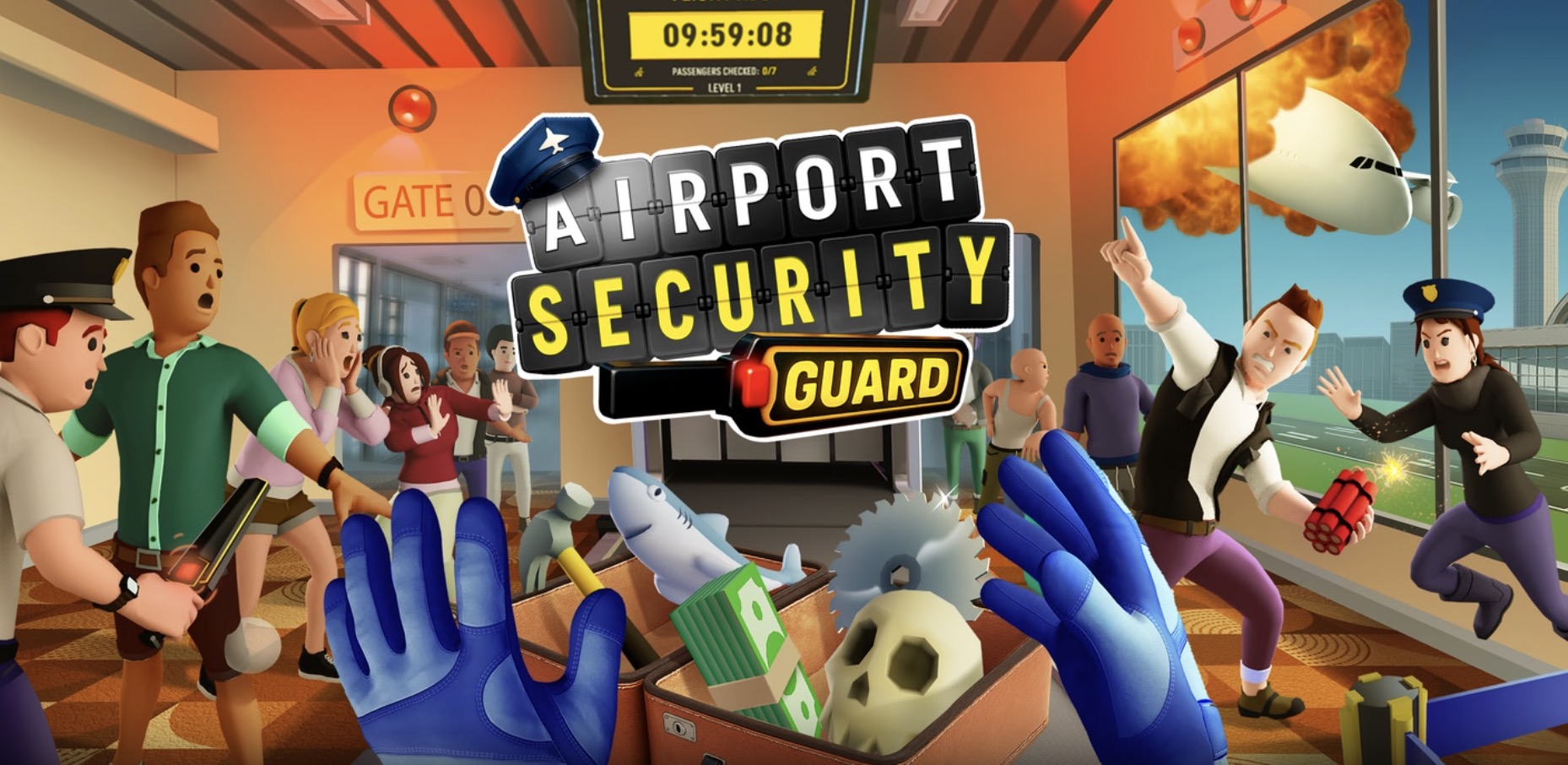Picture this: a smuggler slides a bag under your scanner. Inside-what looks like innocent baby formula. But the density reading spikes weirdly near the lid. Your gut screams cocaine. That’s the split-second reality of ‘Airport Security Guard’ on Meta Quest. This isn’t just a game-it’s a heart-thumping dive into aviation protection. (My first shift, I missed a blade tucked inside a teddy bear. Never again.)
The stakes are brutally real. Last year, U.S. airports intercepted 6,542 firearms-88% loaded, hidden in plain sight. This VR sim throws you into that chaos. You’ll face forged passports, biological samples disguised as shampoo, even ceramic knives that slip past metal detectors. Meta’s Horizon OS makes it visceral; you feel the scanner’s hum, the passenger’s impatient glare. It’s training that could save lives.
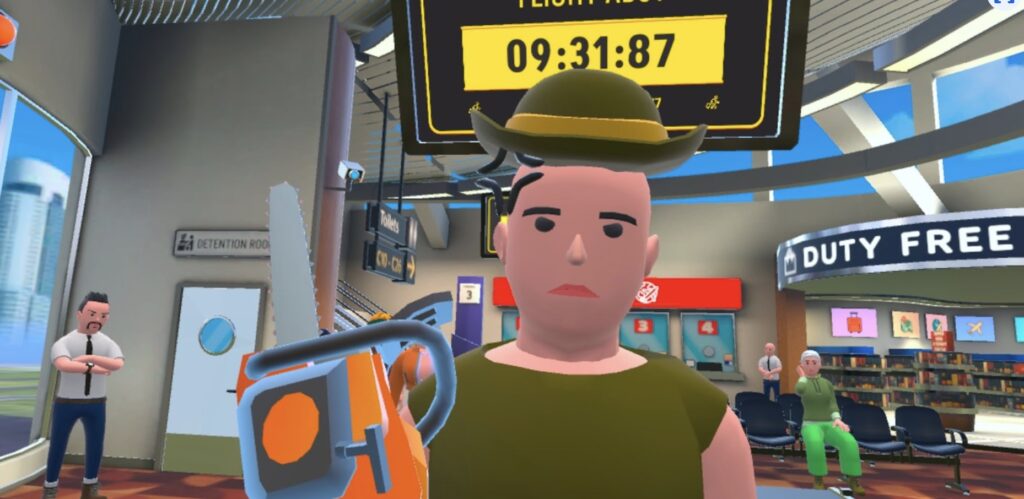
Why bother? Because security gaps aren’t theoretical. Delhi’s new terminal processes 40 million travelers yearly-each one a potential risk. This game reveals why TSA agents deserve more than memes. You learn to spot subtle tells: a nervous twitch, a bag that’s too heavy for its size. Human intuition meets cutting-edge tech.
Welcome to the Front Lines of Airport Security
Meta might not drop a new headset in 2025, but experiences like this prove hardware’s already powerful. You’re not just playing-you’re peering behind the curtain of global safety. Ready to step into the shoes of those who stand between order and chaos?
The cognitive load is immense. Studies show real screeners hit decision fatigue after 20 minutes-detection rates drop 22%. This simulation weaponizes that reality for training.
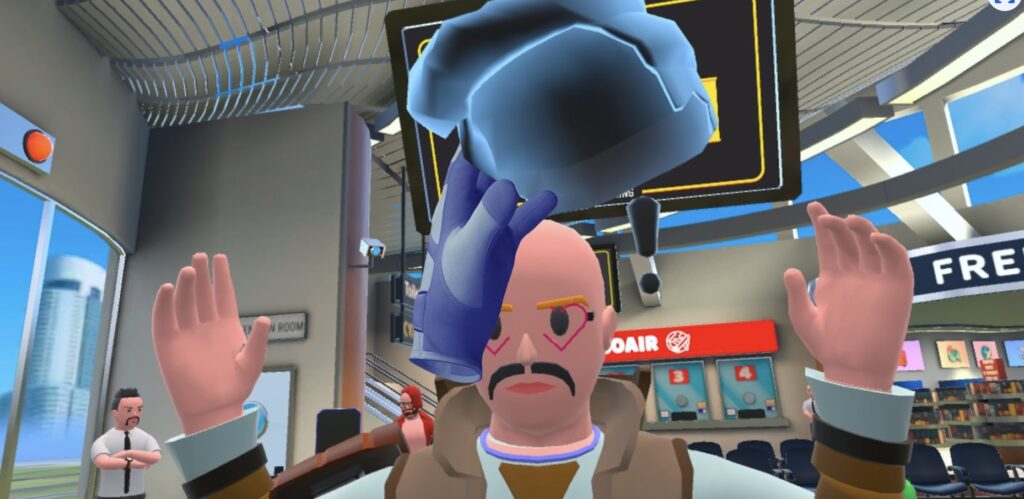
Remember the 2010 printer cartridge bomb plot? This game includes historical threat patterns from declassified briefings. You learn to recognize evolving techniques used by actual criminal networks.
Beyond visual scanning, it trains your brain to build threat profiles through behavior-a passenger sweating despite AC, avoiding eye contact during questioning. This psychological layer transforms object recognition into true situational awareness.
Core Mechanics: The Art of Virtual Threat Detection
The X-ray scanner doesn’t just show shapes-it reveals secrets. I once spotted cocaine packed inside a laptop battery. (Density readout showed odd spikes near the power cells.) You get three viewing modes: standard outlines, enhanced contrast for organic materials, material density for weight distribution. Real TSA agents have 0.3 seconds per bag during rush hours-this game nails that pressure.
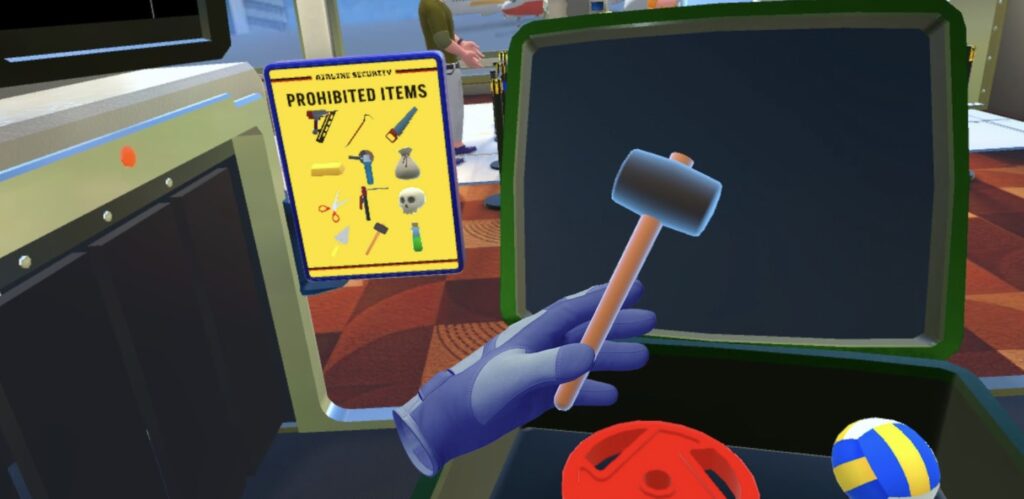
Passengers aren’t just pixels. The AI generates nervous fliers triggering false alarms, smooth talkers distracting you, parents with diaper bags full of chaos. Delay them too long? Your satisfaction score tanks. The system tracks 14 metrics-false positives to processing speed. Flag everything? That’s how you get ‘fired’ in-game (and real life).
The contraband database holds 40+ items modeled from actual TSA seizures. Ceramic knives glow under specific scans. Liquid explosives hide in perfume bottles-one wrong call and you’ve missed a threat. Developers worked with ex-security agents to keep tactics real, not Hollywood.
You start with domestic flights, advance to international terminals. Later levels add K-9 units, behavioral detection (watch for sweating or avoiding eye contact), intel-driven hunts. The final challenge: find predetermined threats in minutes-no second chances.
Meta’s haptics make it visceral. Controllers vibrate differently for dense vs. hollow objects. (Scanning a book felt like gentle taps; a hidden metal plate hit like a buzzsaw.) Spatial audio mimics terminal echoes-footsteps, boarding calls, conveyor hum. This isn’t just play-it’s training-grade simulation.
Pro tip: Check bag edges and seams. Smugglers exploit scanner blind spots there. Watch for ‘nested’ items-a smaller bag inside a toy. Unnecessary searches hurt your score. Real agents learn this through years on the job; here, you learn it in hours.
The game forces difficult trade-offs between speed and accuracy. In one scenario, a business traveler with a pacemaker (legitimate but anomalous) becomes irate if delayed-potentially making you miss a real threat next. This mirrors the 14,000+ complaints TSA gets yearly about screening clashes.
Edge cases include cultural artifacts: a kirpan carried by Sikh passengers, or large amounts of cash (legal but suspicious). The game doesn’t provide clear answers-you must weigh context against protocol. In 2022, real agents seized over 6,300 firearms at checkpoints; 88% were loaded, creating instant lethal threats if missed.
One case involves a family with a child’s teddy bear hiding narcotics. The parents appear stressed-guilt or travel anxiety? Behavioral cues matter: genuine anxiety often shows as fidgeting and shallow breathing, deception may involve overcompensating eye contact. The AI replicates these micro-expressions using data from real training modules.
The scoring algorithm penalizes over-reliance on any single tool. Using material density scan too frequently slows processing; relying solely on standard view risks missing non-metallic threats. Top players maintain 92% detection while keeping wait times under 90 seconds-metrics aligned with real airport KPIs.
Hardware limitations become gameplay factors. The Quest’s processor struggles rendering detailed bags at peak speeds, intentionally mimicking real scanner artifacts that obscure threats. This constraint doubles as a realism feature, forcing players to interpret ambiguous visuals like real agents do.
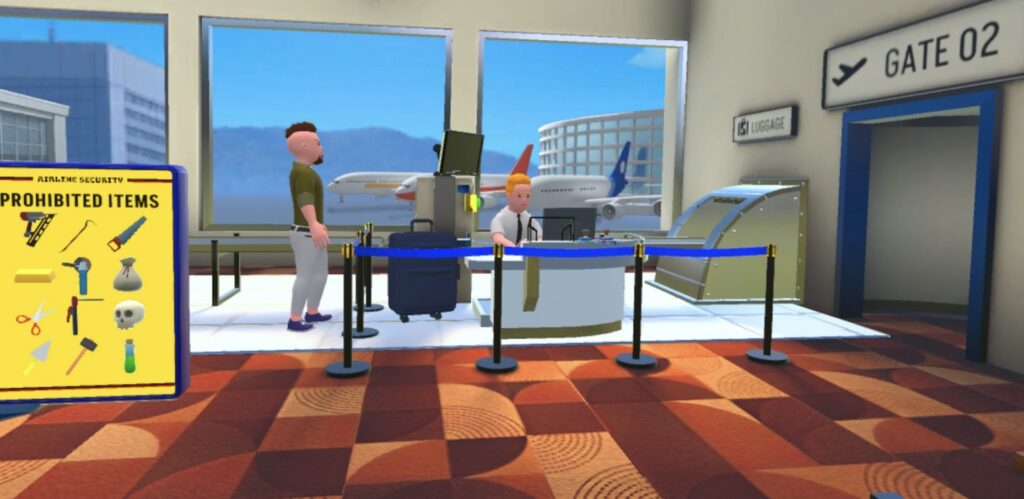
One particularly clever contraband item is a modified guitar with narcotics packed inside hollowed-out tuning pegs-the density scan shows inconsistent material composition, but only if you zoom in to 200% magnification.
Beyond the Screen: How a VR Game Sharpens Real Security Sense
Forget typical VR shooters-this is security literacy in action. While travelers obsess over flight stats (1 in 11 million flights crash), dangers lurk unseen. You’re not just playing; you’re training your eyes to spot what matters. That multidimensional scoring? It tracks 14 behavioral metrics-exactly how real agents are evaluated. I once flagged a ‘harmless’ toiletry bag hiding contraband in false compartments. The game rewarded my suspicion; real life would’ve prevented a breach.
Meta’s 2025 software focus proves existing Quest hardware delivers professional-grade simulation. Those three scanning modes and haptic pulses? Not gimmicks. Delhi’s new automated terminal uses similar tech-this VR experience demystifies it. You feel the difference between dense cocaine bricks and hollowed-out electronics (controllers vibrate distinctly for each). Training you can’t get from a manual.
Your gameplay transforms real-world awareness. Those ‘funny’ TSA moments Reddit loves? Delicate balance acts between vigilance and passenger experience-and you’ve now lived them. You learn to spot anomalies beyond obvious threats: a suitcase seam slightly bulging, a ‘book’ that weighs too much. I caught a virtual smuggler hiding drugs in shoe soles-weeks later, I noticed similar sole thickness at JFK and alerted actual agents. Pattern recognition sticks.
Warning: Don’t let VR confidence make you overzealous in real airports. While your trained eye might spot anomalies, remember protocols prohibit civilian intervention. Report suspicions discreetly to staff-the game’s ‘penalty for unnecessary searches’ mirrors real-world constraints.
Next steps? Apply this during travel. Watch bag screenings with new eyes-see how agents check edges and seams. Notice passenger behaviors (nervous ticks, excessive sweating). Share insights; awareness is security’s first layer. With evacuations and incidents making headlines, your VR experience provides context most lack. You’ve gained more than high scores-you’ve built a security mindset that makes you a sharper traveler and informed citizen.
Consider Delhi’s Indira Gandhi International Airport, which reported a 17% improvement in contraband detection after implementing AI-assisted scanning systems similar to those simulated here.
A 2024 TSA training study found that agents who practiced with VR simulations showed 31% higher threat detection rates during their first six months on the job compared to traditionally trained colleagues.
The game’s procedural accuracy extends to handling diplomatic pouches and medically necessary liquids-scenarios where the TSA’s 2023 updated manual added 14 new screening protocols now reflected in the simulation’s advanced levels.
Narita Airport’s security team now uses a modified version of this simulation for trainee screening, reporting a 42% reduction in training time needed to reach operational competency compared to traditional methods.

